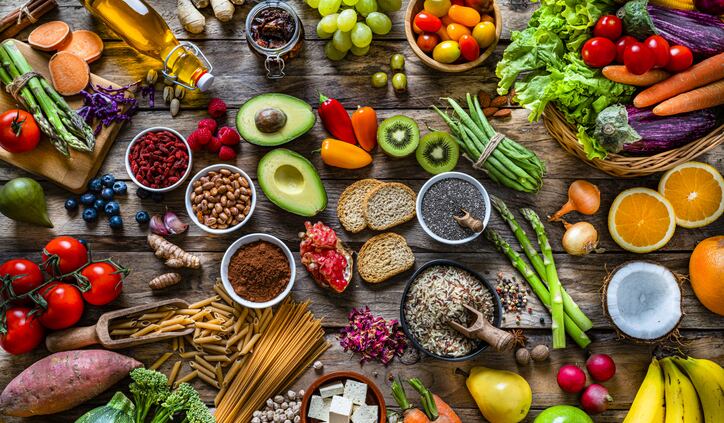Compared to those who took at least 15.4g of dietary fibre per day, those who took 10.5g to less than 15.4g per day were 2.6 times more likely to experience depression.
In addition, those who took less than 8.1g of dietary fibre were 2.757 times more likely to experience anxiety.
The study was conducted by researchers from China’s Soochow University and the UK’s University of Greenwich. Findings were published in Nutrients.
“Dietary fibres comprise the cell walls of plants that are resistant to digestion by human enzymes but might be degraded by resident gut microbial enzymes to produce short-chain fatty acids (SCFAs).
“SCFAs regulate emotions through the intestinal–brain axis and inhibit inflammation,” the researchers said, on the role of dietary fibre.
Study design
A total of 459 hypertensive patients were recruited into the study, where they were required to go through an in-person 24-h diet recall to identify the foods that they had consumed.
A second round of dietary data collection was conducted by phone two or three days later.
The median daily dietary fibre intake of all participants was 10.4g.
Only five (1.1 per cent) had dietary fibre intake that met the recommended Dietary Reference Intake of 25 to 30 g per day.
The participants' depression and anxiety rates were measured using the Reported Outcomes Measurement Information System, where the higher the score, the more serious the depressive or anxiety symptoms. A score of more than 55 is considered as depression or anxiety.
Findings
There were 19.6 per cent and 18.5 per cent of participants who scored above 55 for depressive and anxiety symptoms respectively. The median score was 52.3 and 53.2 for depression and anxiety respectively.
“Compared with the hypertensive patients with a DF (dietary fibre) intake ≥15.4 g/d, the incidence of depression in the patients with a DF 10.5 to <15.4 g/d increased by 2.641 times.
“Compared with patients with the intake of DF ≥15.4 g/d, the incidences of anxiety increased in the patients with daily DF intake <8.1g by 2.757 times,” the researchers added.
Reasons
The researchers explained that the link between hypertension, depression, and anxiety could be due to their common pathological mechanisms, such as the disorder of intestinal flora, high inflammatory response, and the excessive activation of the renin–angiotensin–aldosterone system (RAAS).
“The incidence of negative emotions in hypertensive patients is significantly higher than that of non-hypertensive people.
“In China, the prevalences of depression, anxiety, depression and anxiety comorbidities in patients with hypertension were as high as 47.9%, 63% and 36.4%,” they added, citing data from a previous study.
The findings were consistent with studies from elsewhere.
A study from Iran found that higher dietary fibre intake is a protective factor for depressive symptoms among teenagers.
“Intestinal microbes and the gut–brain axis share some common pathogenesis in the occurrences of anxiety and depression.
“Dietary fiber may improve negative emotions by regulating the intestinal flora, thereby improving the intestinal–brain axis in patients with hypertension,” the researchers concluded.
Source: Nutrients
Association between Dietary Fiber Intake and Incidence of Depression and Anxiety in Patients with Essential Hypertension
https://doi.org/10.3390/nu13114159
Authors: Yuanyuan Liu et al


